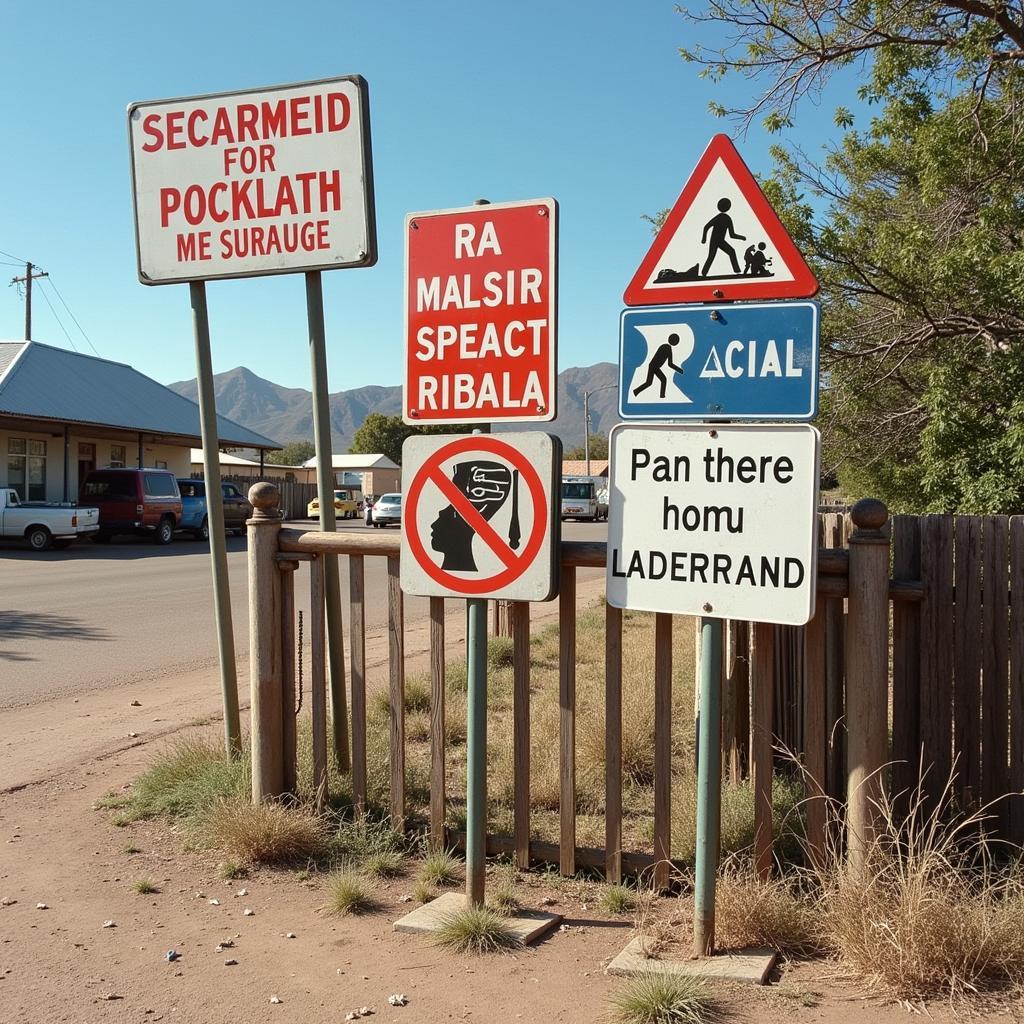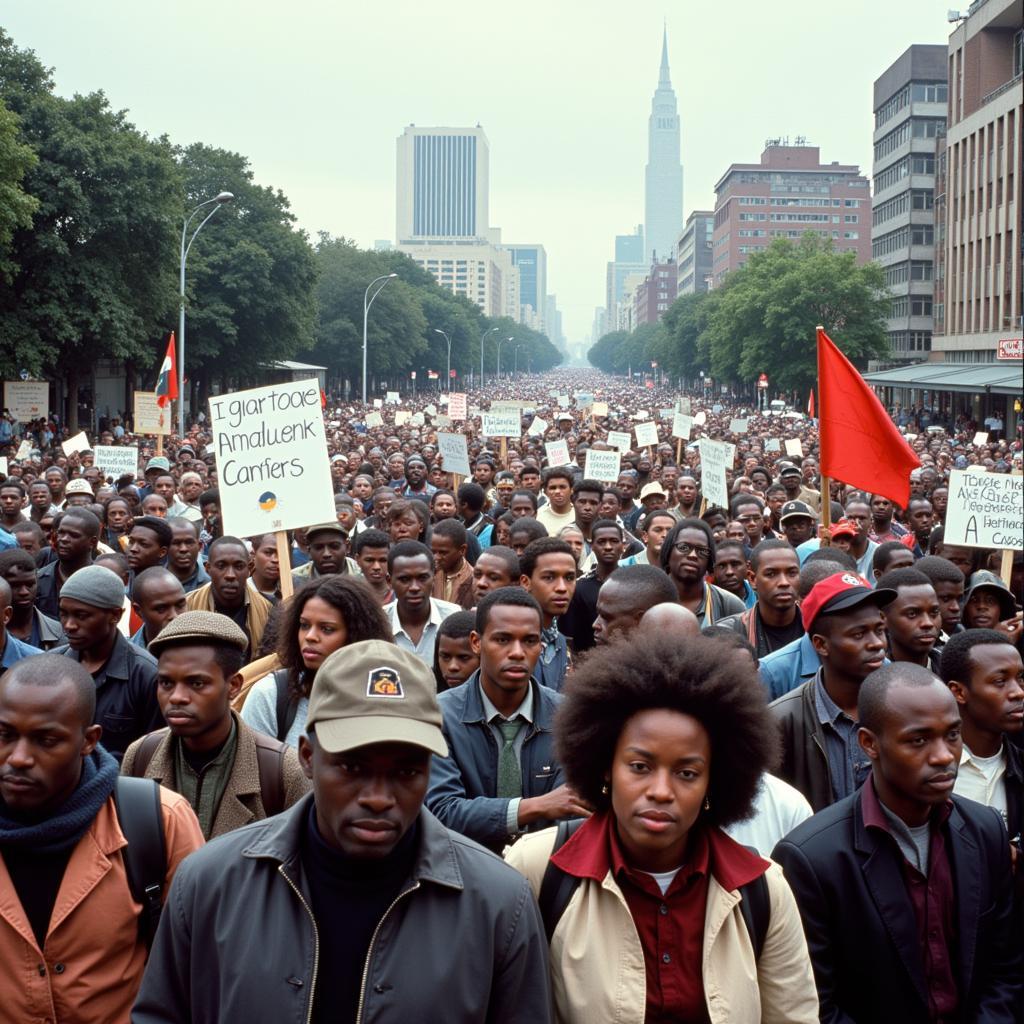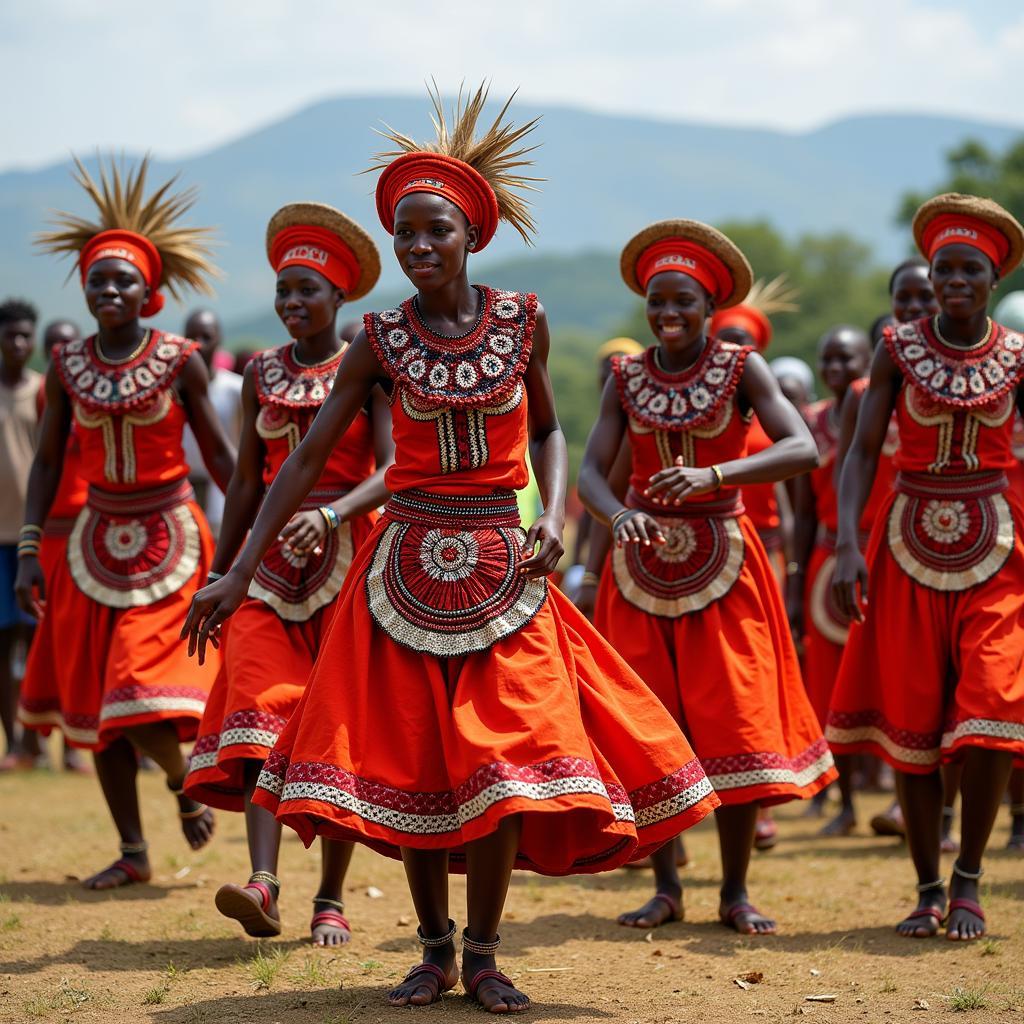Unmasking African Apartheid: Facts, History, and Legacy
African apartheid, a system of institutionalized racial segregation and discrimination, inflicted profound damage on South Africa for nearly half a century. Enforced primarily from 1948 to 1994, it categorized the population into racial groups, with the white minority holding absolute power and systematically oppressing the non-white majority. This article delves into the complex history, devastating realities, and enduring legacy of this dark chapter in African history.
The Genesis and Enforcement of Apartheid
Apartheid, an Afrikaans word meaning “separateness,” wasn’t a spontaneous creation. Its roots lie in the earlier colonial and segregationist policies implemented after the British conquest of the Cape Colony. However, it was the National Party’s victory in 1948 that formally codified and intensified these discriminatory practices into a rigid legal framework. The Population Registration Act of 1950 was a cornerstone of this system, classifying every individual into racial categories: White, Bantu (Black Africans), Coloured (mixed race), and Indian. This classification dictated where people could live, work, and even whom they could marry.
 Apartheid Signs in South Africa
Apartheid Signs in South Africa
The Group Areas Act of 1950 forcibly removed non-white populations from their homes and relocated them to designated areas, often overcrowded and underdeveloped. This act led to the destruction of vibrant communities and the displacement of millions. Other discriminatory legislation included the Prohibition of Mixed Marriages Act, the Immorality Act, and the Bantu Education Act, all designed to maintain the superiority of the white minority and prevent any form of social or political integration. These laws controlled every aspect of non-white lives, limiting their access to education, healthcare, and economic opportunities. For example, the Bantu Education Act aimed to create a subservient Black workforce by providing inferior education.
The Resistance and Struggle Against Apartheid
Despite the brutal repression, the fight against apartheid grew steadily, fueled by the unwavering spirit of resistance within South Africa and mounting international pressure. Organizations like the African National Congress (ANC), led by figures like Nelson Mandela, spearheaded the struggle through various means, from peaceful protests and civil disobedience to armed resistance. The Sharpeville Massacre of 1960, where police opened fire on peaceful protesters, became a turning point, galvanizing international condemnation of the regime.
 Anti-Apartheid Protest in South Africa
Anti-Apartheid Protest in South Africa
The international community increasingly imposed sanctions on South Africa, isolating the country economically and politically. The cultural boycott, including sporting and artistic events, played a significant role in raising global awareness and putting pressure on the government. These combined efforts eventually forced the government to negotiate with the ANC, leading to the release of Nelson Mandela in 1990 and the dismantling of the apartheid system.
The Legacy of Apartheid and the Path to Reconciliation
Even after its formal dismantling, the legacy of apartheid continues to cast a long shadow over South Africa. The deep-seated inequalities in wealth, education, and access to opportunities remain stark reminders of the systemic injustices of the past. The Truth and Reconciliation Commission (TRC), established in 1995, aimed to address the atrocities committed during apartheid by offering amnesty to perpetrators in exchange for full disclosure of their crimes. While the TRC played a vital role in the healing process, the wounds of apartheid remain deep, and the path to true reconciliation is an ongoing journey.
African president Nelson Mandela
 Nelson Mandela Freedom
Nelson Mandela Freedom
Conclusion: Remembering African Apartheid and Striving for Equality
African apartheid serves as a stark reminder of the devastating consequences of racial discrimination and oppression. Understanding its history, the brutality of its enforcement, and its enduring legacy is crucial to ensuring that such atrocities are never repeated. While the journey to a truly equitable society remains a work in progress, South Africa’s story offers a testament to the power of resilience, the importance of fighting for justice, and the ongoing pursuit of a future free from discrimination.
FAQ:
-
What were the main laws enforcing apartheid?
The main laws included the Population Registration Act, the Group Areas Act, the Prohibition of Mixed Marriages Act, the Immorality Act, and the Bantu Education Act. -
When did apartheid officially end?
Apartheid officially ended in 1994 with the first democratic elections. -
Who was Nelson Mandela?
Nelson Mandela was a prominent anti-apartheid revolutionary, political leader, and philanthropist who served as President of South Africa. -
What was the Sharpeville Massacre?
The Sharpeville Massacre was a turning point in the anti-apartheid movement where police opened fire on peaceful protesters, killing 69 people. -
What is the Truth and Reconciliation Commission?
The TRC was established to investigate human rights violations during apartheid and promote reconciliation. -
What are some of the long-term effects of apartheid?
Apartheid’s long-term effects include persistent economic inequality, disparities in access to education and healthcare, and social divisions. -
What are some further readings on apartheid?
Many books and documentaries explore this complex topic, offering deeper insights into its history and impact.
5 South African national symbols
For further support, please contact us at Phone: +255768904061, Email: kaka.mag@gmail.com or visit us at Mbarali DC Mawindi, Kangaga, Tanzania. We have a 24/7 customer service team.

